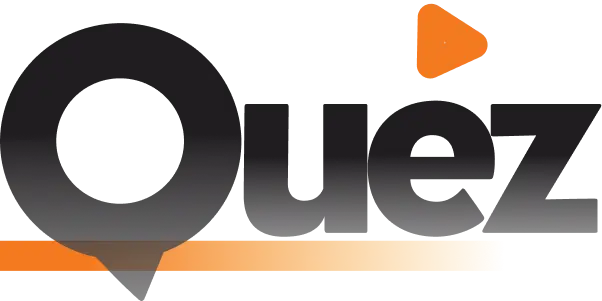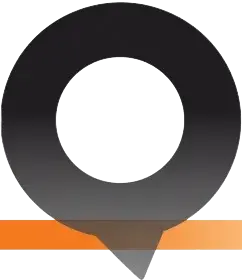Web development is always changing, but two primary modes of construction are still being used today. Development firms will bicker back and forth over which is superior from both an internal and external standpoint, and while there is no objective answer, newer technologies tend to favor a more reflexive approachto development.
The Waterfall Approach
In Waterfall development, project scope is captured in full up front and made rigid, with no acceptable changes throughout the course of development.
Advantages of this method include a very specific, unchangeable scope. This helps developers know exactly what they need to deliver, prevent the profit-killing emergence of scope creep for agencies, and maintain consistent, predictable deadlines for the customers. Unfortunately, this comes at the cost of flexibility, meaning if the customer suddenly remembers a feature he/she wanted after scope has been finalized, they’ll have no chance to include it.
The Agile Approach
In Agile development, project scope is initially captured very loosely, outlining a series of needs that the web project is going to fulfill with a handful of “must have” features.
Advantages of this method include a very responsive, flexible course of development. This allows for the customer to get a feel for the product while it is being developed, with opportunities for feedback and improvements before it is finalized. Some disadvantages do include extending deadlines when scope increases, and a greater burden on the development team.
Which is Better?
There’s no definitive answer out there, but here at Quez Media, we always develop with the Agile method. At the end of the day, the best development process is the one that gives the customer the best possible product. With an agile, responsive approach, we feel the end product is universally better. There might be a couple more headaches along the way, but no matter what, with Agile, there’s room for growth and adjustment.



